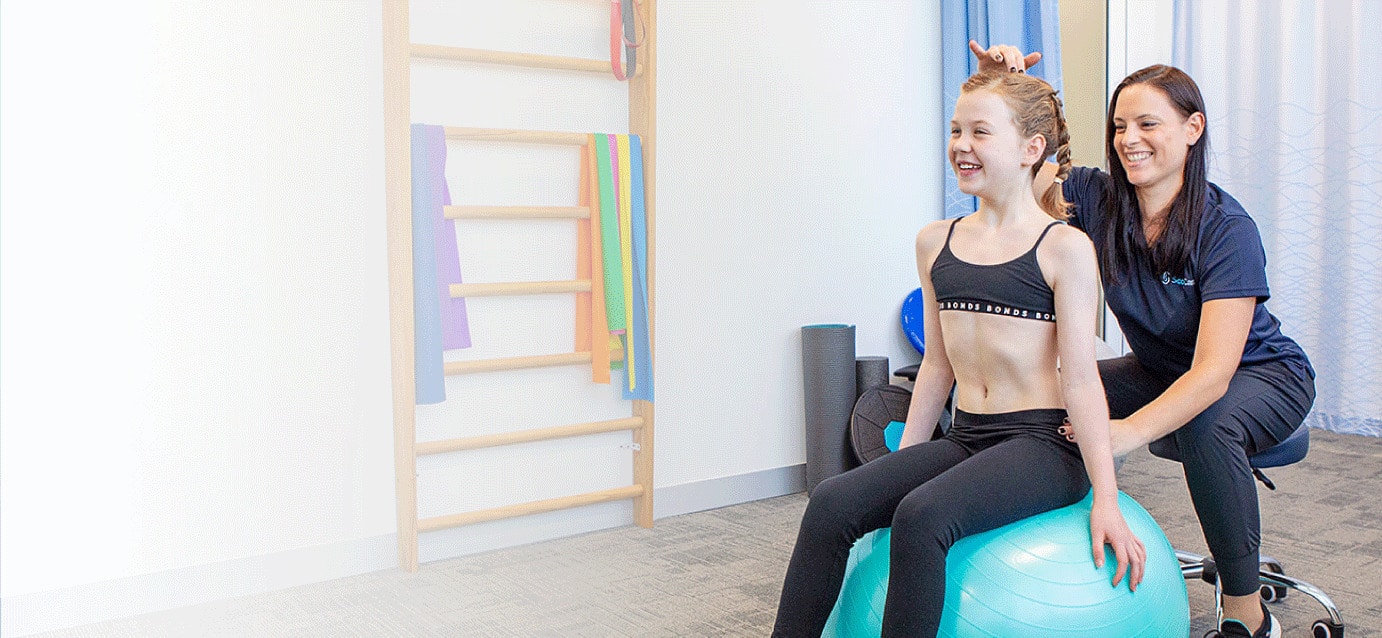The Rehabilitation
Journey
Beginning ScoliBalance.
Individualised specific rehabilitation programs play such an important role in scoliosis and hyperkyphosis care. If you or your child have been recommended a ScoliBalance program, on this page we’ll look at some things you can expect during the rehabilitation journey with ScoliCare.
The First Session
At your first ScoliBalance appointment you will meet with your Rehabilitation Therapist. Initial discussions will cover medical history and concerns, activity levels and daily activities, an overview of the ScoliBalance approach and some goal setting for your individual program.
Together you will work through some functional assessments, and you will be shown your ScoliCorrection (specific 3D posture correction based on your curve type and postural characteristics).
You may also be shown how to use a ScoliRoll (for scoliosis) or Denneroll (for hyperkyphosis) to help to enhance the correction to the spine and posture.
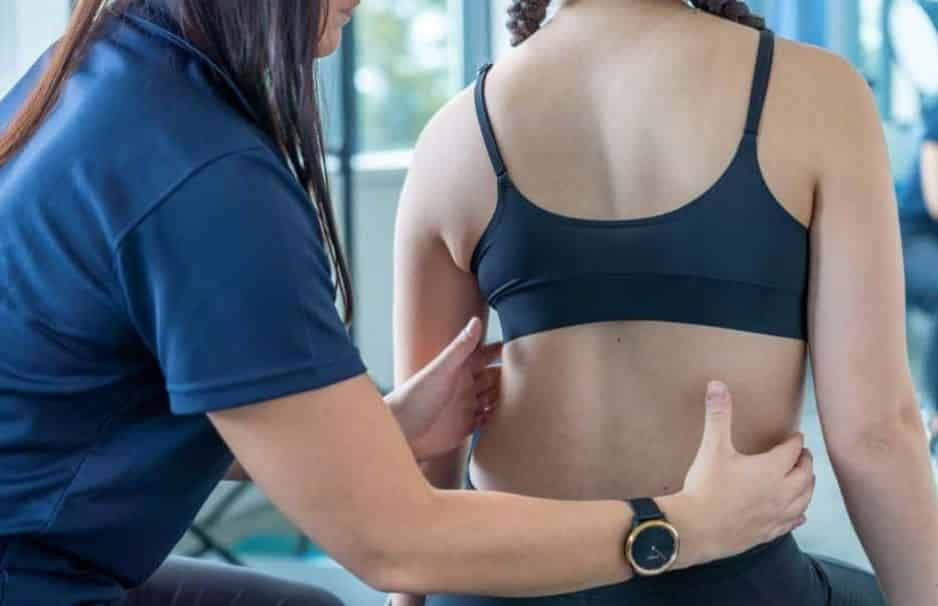
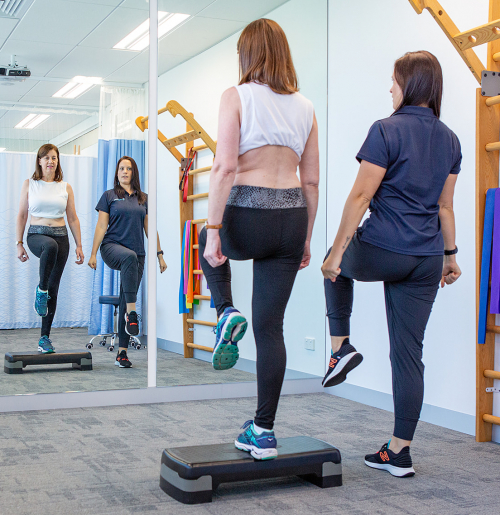
![]()
Appointment Scheduling
Adhering to the appointment schedule for ScoliBalance is really important. This is because in the learning phase, we want to ensure you are doing your rehabilitation protocol correctly and getting the best possible treatment outcomes.
After the initial appointment, you will have weekly appointments for 6-8 sessions. Each appointment will build on your program, adding in ScoliExercises which you will learn in-clinic and practice at home between clinic appointments. You will regularly be reviewed at the appointments, and modifications made to the program as needed.
From here, the frequency will generally reduce to fortnightly, monthly and eventually every 2-3 months. The frequency after the first 6-8 sessions will be determined based on your understanding, goals and discussions with your scoliosis rehabilitation therapist/scoliosis clinician.
Our clinical team will remind you of your exact appointment schedule.
Each appointment is a good opportunity for you to speak to the team or your rehabilitation therapist about any concerns or questions you may have.
Should you or your child have any concerns regarding the program between these scheduled appointments though, we are available for support and are just a phone call away.
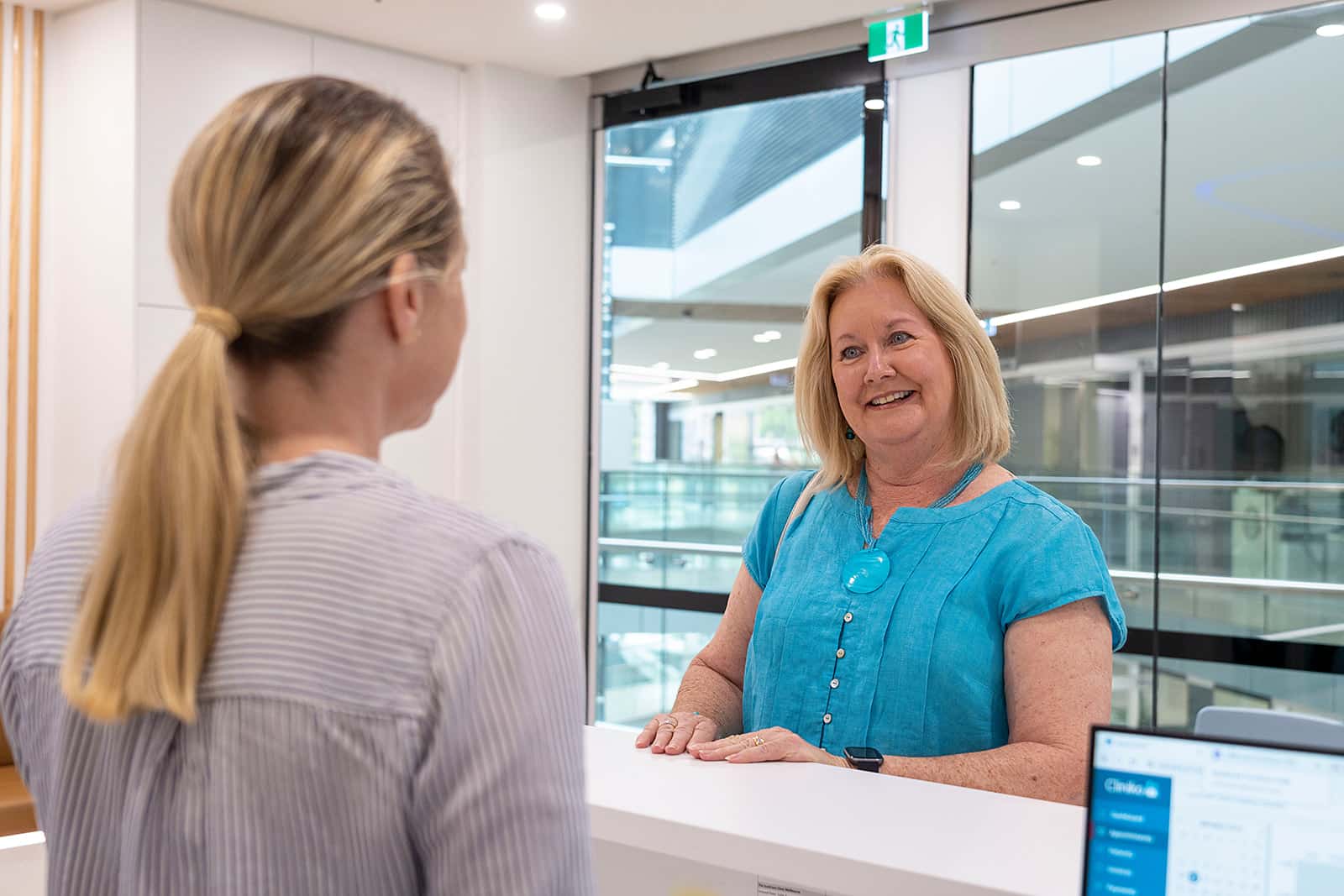
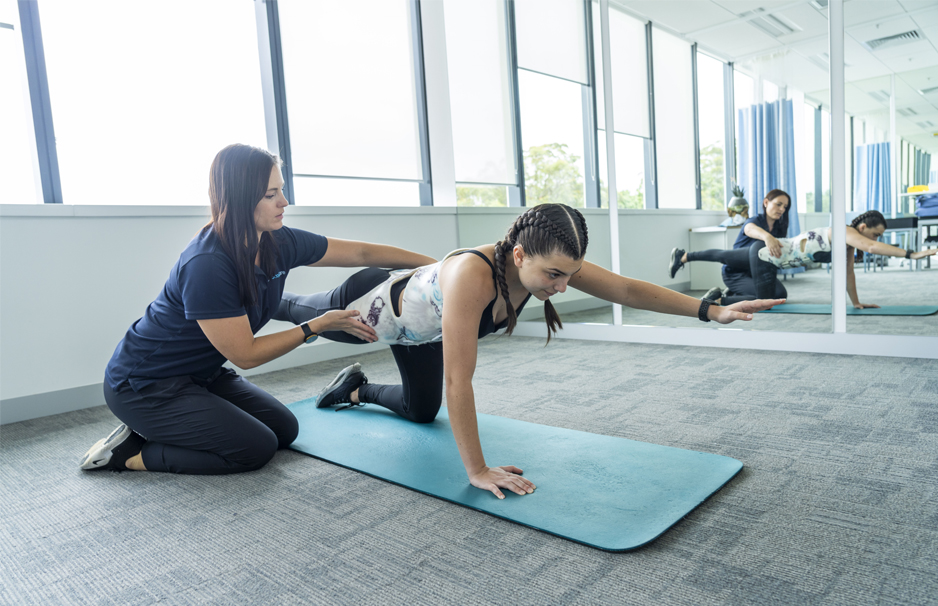
![]()
Getting the Most Out of Your Program
Good treatment outcomes are highly dependent on patient compliance and making sure that as well as attending the appointments, you complete the at-home exercises. Remaining motivated to do your at-home program is important.
If you are finding it hard, it’s important to speak to your clinical team. Treatment will require your commitment, but we are here to help and support you.
Some Tips for Success
Here are some tips which may help you stay on track at home:
- Have a small dedicated space at home where you can do your exercises and keep the mirror and stool.
- Complete your exercise program early in the day. That way you have the rest of the day to yourself without having to find time for your exercises.
- Set an alarm for when to do them and have a routine. Give yourself a small reward when you do it.
- If you are finding it challenging to do your whole program at one time of the day, you may be able to split your program into two parts to complete at different times of the day. If you are unsure about how best to achieve this, discuss it with your rehabilitation therapist at your next appointment.
- Struggling with accountability? Add a support person to keep you on track. You could even ask them to do the exercises with you.
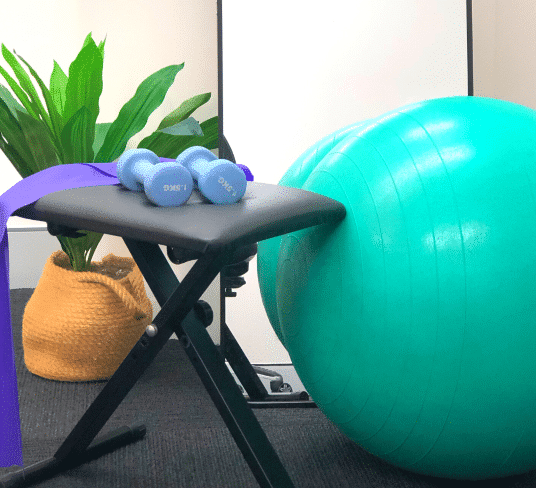
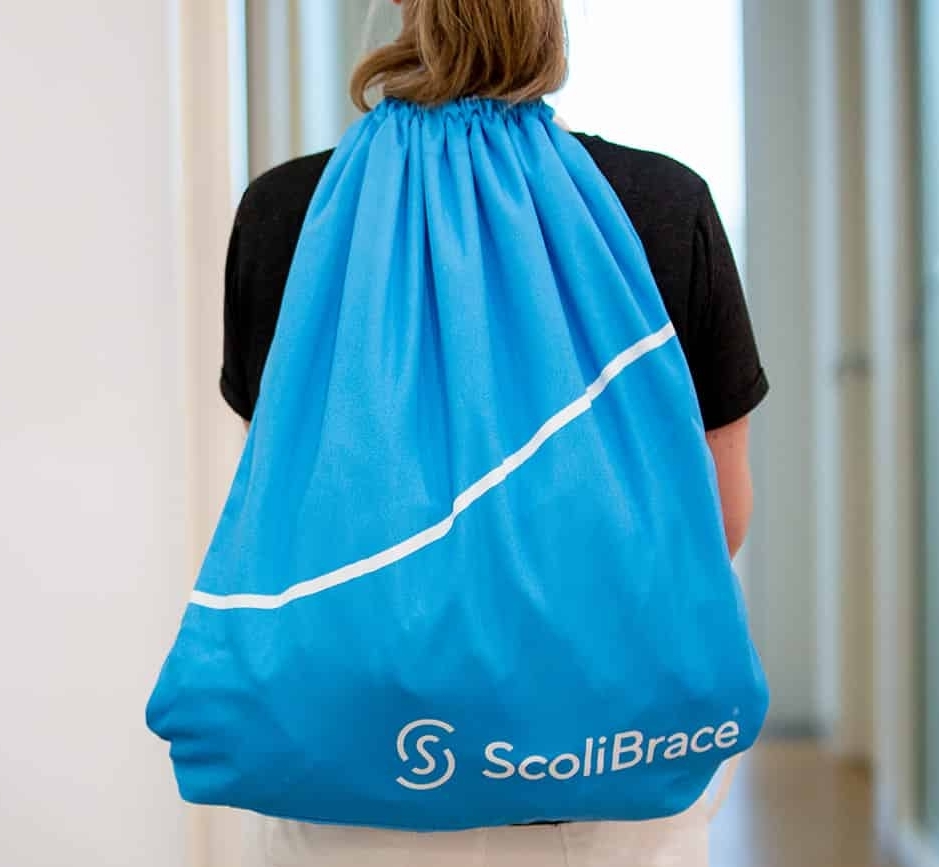
![]()
ScoliBalance & Bracing
Although your scoliosis specific rehabilitation is important, if you have been prescribed a brace then you need to ensure you are also achieving your brace hours as well, as prescribed by your treating clinician.
Your ScoliBalance program complements the brace well and should help improve your outcomes and reach your long term goals. You can remove your brace when completing your rehabilitation program but ensure it is put back on after doing your exercises.
Frequently Asked Questions about Rehabilitation
How long will the rehabilitation journey be?
This is different for every individual although there is usually a fairly intensive 6-12 month period of engaging in the rehabilitation protocol.
From here, depending on goals and discussions with your clinician, some patients will then reach a maintenance phase if appropriate.
What is the treatment appointment frequency initially?
Initially, we recommend weekly appointments for 6-8 sessions. This is important in the learning phase as we want to ensure you are doing your rehabilitation protocol correctly and getting the best treatment outcomes.
From here, the frequency will reduce to fortnightly, monthly and eventually every 2-3 months. The frequency after the first 6-8 sessions will be determined based on your understanding, goals and discussions with your scoliosis rehabilitation therapist/scoliosis clinician.
How long do I need to do my ScoliBalance program each day?
Initially it is important to do home exercises daily for 20-25 minutes. This is so we can get the best possible outcomes at not only retraining the body but also the brain! Eventually the program frequency will reduce but this will be guided by your practitioner based on your goals and progress.
Can I still do sport and general physical activity?
General physical activity is encouraged for all patients. There may be a few exceptions to this but this is best discussed with your rehabilitation therapist as it is on a case by case basis.
Do I need to do my home exercises at a certain time of the day?
Not necessarily. The time of day is based on what works best with your routine! If you find it easier to do your exercises first thing in the morning then great but if you prefer afternoons that is also fine. The most important thing is that you are fitting them in everyday.
Is it normal to get muscle soreness after doing my exercises?
Muscle soreness is a totally normal part of your exercise program. As we are training muscles to work in a way they may not be used to, you may experience muscle soreness initially in your program.
Although muscle soreness is normal, if there is any excessive pain increase then you should discuss this with your rehabilitation therapist.
What will I need at home to be able to do my rehabilitation program?
Initially you will need a mirror to sit in front of and a stool to sit on to be able to do your home exercises. Eventually we may ask you to get some light weights or a tennis ball to use but these are not essential.

